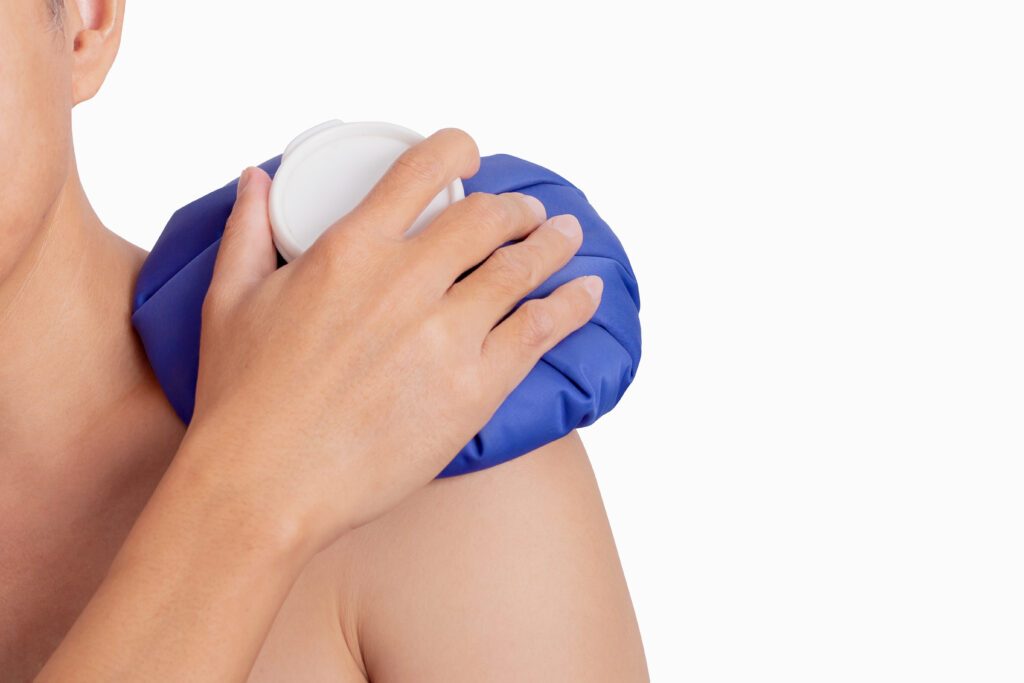Breaking the Ice: The Future of Pain Management
In the landscape of pain management, individuals grappling with chronic pain or recovering from a recent surgery are often on the lookout for solutions that go beyond conventional approaches, such as ice for pain management. Let’s explore the advantages of H-Wave over icing, a pain management technique for chronic pain patients and those seeking alternative pain treatments.

The Illusion of Icing
For decades, the familiar sight of an ice pack on a swollen or injured area has been synonymous with pain relief. However, Gary Reinl’s1 thought-provoking book, “ICED! The Illusionary Treatment Option,” challenges the efficacy of this traditional method. Reinl suggests that the widespread belief in the benefits of icing may be misguided, as the reduction in blood flow caused by cold therapy could potentially impede the body’s natural healing processes.
Insights From Orthopedic Surgeon Dr. Michael Dempewolf
According to Dr. Michael Dempewolf2, a prescribing H-Wave and seasoned orthopedic surgeon, the prevalent practice of employing ice for pain management post-surgery is one he questions. Frequently prescribed to patients for its purported benefits, Dr. Dempewolf holds a different view. He contends that, contrary to popular belief, ice therapy may yield unfavorable outcomes. Physiologically, the application of ice induces vasoconstriction, a process that, while offering temporary numbness to patients, Dr. Dempewolf believes, could be counterproductive during the critical early stages of recovery.
Why H-Wave Has the Edge
- Blood Flow Enhancement:
- Icing: Cold therapy is known to constrict blood vessels, potentially hindering blood flow to the injured area.
- H-Wave: On the other hand, actively promotes blood flow, providing a conducive environment for the body’s innate healing mechanisms. Improved circulation is crucial for chronic pain patients, as it ensures a steady supply of oxygen and nutrients to the affected tissues.
- Nervous System Modulation:
- Icing: While icing may temporarily numb the area, it doesn’t address the underlying issues within the nervous system.
- H-Wave: H-Wave targets the nervous system, modulating pain signals and promoting the release of endorphins. This comprehensive approach offers more sustainable pain relief for chronic pain patients, addressing the root causes rather than just the symptoms.
- Recovery:
- Icing: Some argue that prolonged use of cold therapy may actually extend the recovery time for injuries.
- H-Wave: Advocates of H-Wave contend that it expedites the recovery process by stimulating the body’s natural regenerative abilities. For chronic pain patients, a quicker recovery translates to a faster return to normalcy.
- Holistic Approach:
- Icing: Cold therapy is a localized treatment, focusing solely on the injured area.
- H-Wave: H-Wave addresses not only the site of pain but also the broader nervous system dynamics. This makes it a more comprehensive and effective solution for pain management.